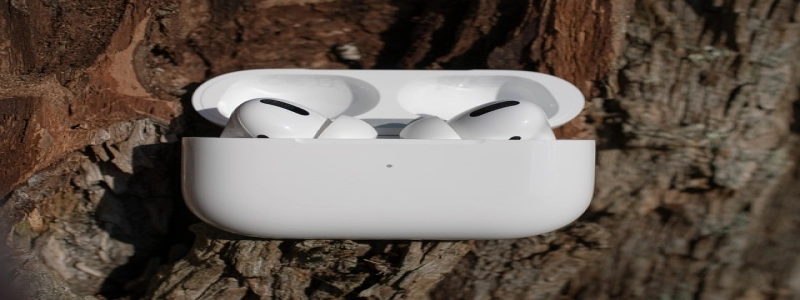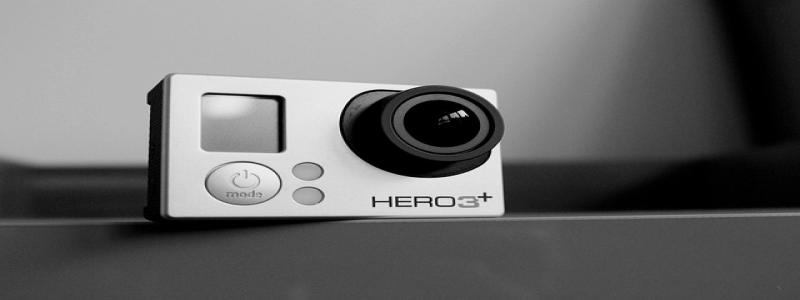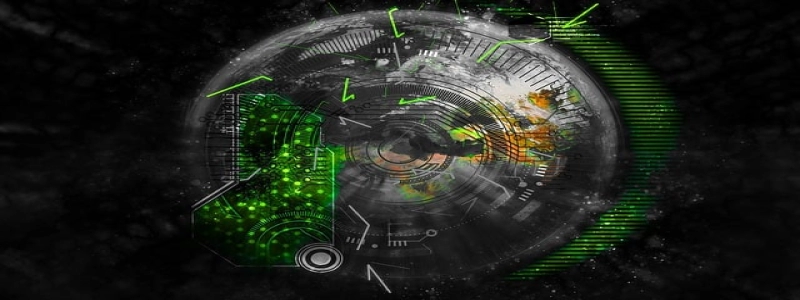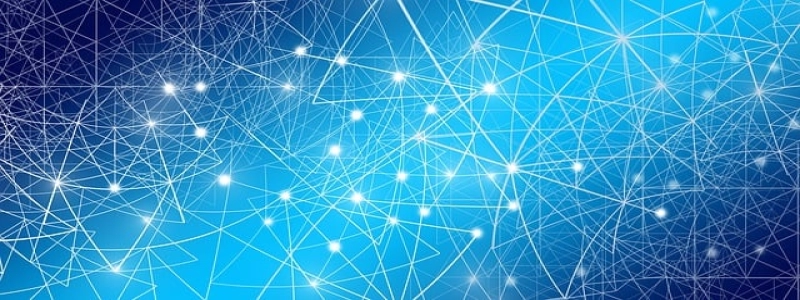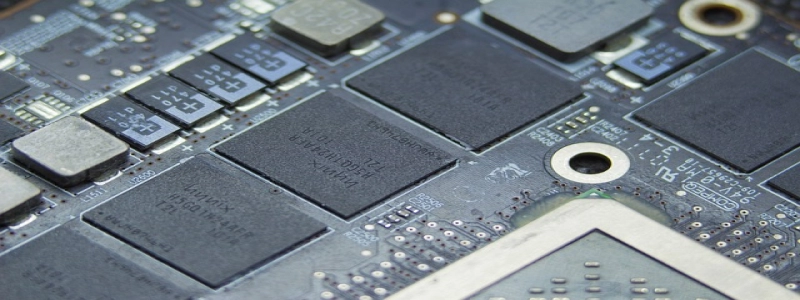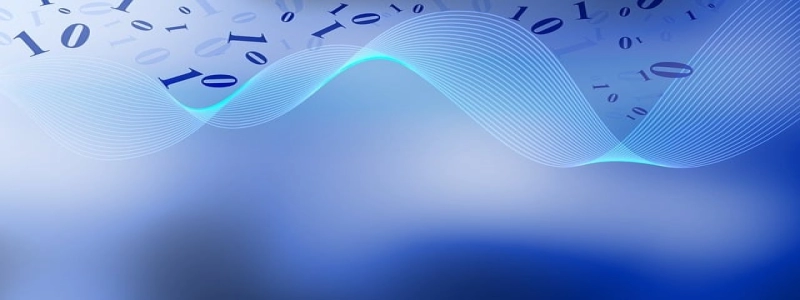What is a Laser Diode?
1. Uvod
1.1 Definition
A laser diode, also known as a diode laser or injection laser diode (ILD), is a semiconductor device that emits light through a process known as stimulated emission.
1.2 Purpose
The primary purpose of a laser diode is to generate highly concentrated and coherent light, which makes it ideal for various applications in telecommunications, medicine, industry, and research.
2. Working Principle
2.1 Diode Structure
A laser diode consists of several layers of different semiconductor materials, such as gallium arsenide (GaAs) or indium gallium arsenide (InGaAs).
2.2 Stimulated Emission
When a forward current is applied to the diode, electrons are injected into the active layer. These electrons combine with holes (positive charges) to create electron-hole pairs.
2.3 Optical Feedback
The active layer is sandwiched between two mirrors: a highly reflective mirror on one side and a partially reflective mirror on the other. This configuration provides optical feedback, causing the emitted photons to bounce back and forth between the mirrors.
2.4 Population Inversion
As the photons bounce back and forth, some of them stimulate the emission of additional photons with the same frequency and direction. This process creates a population inversion, where the number of electrons in the higher energy state exceeds the number of electrons in the lower energy state.
2.5 Lasing
Once the population inversion is achieved, a portion of the photons passes through the partially reflective mirror, resulting in the emergence of a coherent, monochromatic, and highly intense laser beam.
3. Applications
3.1 Telecommunications
Laser diodes are extensively used in fiber optic communication systems to transmit and receive data over long distances with minimal loss.
3.2 Medicine
Laser diodes play a crucial role in various medical procedures, including laser surgery, dermatology, and ophthalmology.
3.3 Industrial Applications
Laser diodes are utilized in industrial processes such as laser cutting, laser engraving, barcode scanning, and laser printing.
3.4 Research
Scientists and researchers utilize laser diodes in a wide range of fields, including spectroscopy, astronomy, and particle physics.
4. Advantages and Limitations
4.1 Advantages
Laser diodes have several advantages over other types of lasers, such as compact size, low cost, high efficiency, and direct electrical operation.
4.2 Limitations
Despite their numerous advantages, laser diodes have limitations including lower power output compared to solid-state lasers, sensitivity to temperature and current fluctuations, and shorter lifespan.
5. Zaključek
In conclusion, a laser diode is a semiconductor device that emits coherent and intense light through stimulated emission. Its unique working principle makes it suitable for various applications in telecommunications, medicine, industry, and research. While laser diodes offer numerous advantages, they also have certain limitations that need to be considered. Overall, laser diodes have revolutionized several industries and continue to play a vital role in advancing technology and scientific discoveries.
